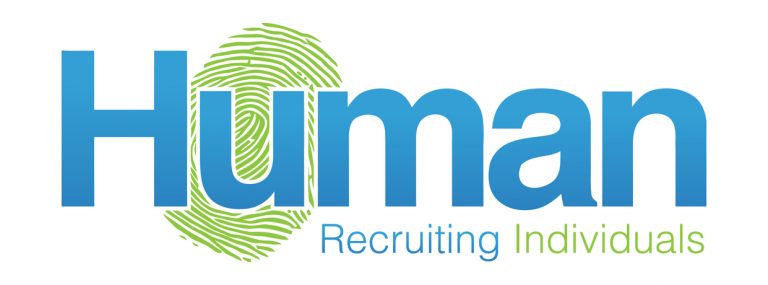As little as ten years ago the recruitment landscaped looked very different. Getting a job was mainly about finding a permanent position, and recruiting meant permanently filling roles, or, less frequently, using temporary contracts to back-fill or cover time-limited projects. Like us, you’ll know that the ever-changing tech landscape, a major recession, the rise of disruptor firms like Uber and Deliveroo, and changes in attitudes have all resulted in a fundamental shift in the way a significant chunk of the workforce likes to work. What used to be called short-term contracting has now become even more micro in nature and is commonly referred to as the gig economy. The shift has been significantly enabled by advancements in technology. A study published by the McKinsey Global Institute in 2015 estimated that by 2025, digital work platforms could add $2.7 trillion, or 2.0 per cent, to global GDP, increasing employment by 72 million full-time equivalent positions. In the UK, that would mean around £45 billion and extra work for 766,000 individuals. The same study categorised the people working flexibly as: Free agents, who actively choose to work that way (30%) Casual earners, who use independent work to supplement their income (40%) Reluctants, who make their primary living this way but would prefer not to (14%) Financially-strapped, who do extra work out of necessity (16%) So it’s clear that the gig economy is now a choice for a reasonable proportion of people. The benefits to individuals Clearly working on what you want, when you want is a massive advantage to the individual, and for many a dream way of earning a living if they can make it pay. But there are many other advantages to the gig economy for the people who work within it. A recent study by the UK Government identified a number of benefits: Flexibility – the research identified this as a major driver, with three sub-sets – flexibility for caring (for children and elderly/unwell parents), for studying, and as a lifestyle choice Higher rates – for skilled workers, turning skills on and off on-demand usually attracts a better rate of pay, but comes with the trade-off of reduced security and certainty of income Work experience –the gig economy is a perfect way to build up work experience, especially for students, so they don’t apply for permanent roles with no experience As a transition between permanent roles – temporary work was highlighted as a choice for some people who were between permanent jobs or who had been made redundant Health reasons – respondents to the study with mental and physical health issues cited working from home as a major driver for pursuing temporary roles Why companies should capitalise on the gig economy We all know how tricky it is to recruit permanently, with unemployment currently at its lowest rate since 1973. And workload isn’t stable, linear, or – often – easily predictable, so the other tricky HR challenge becomes the peaks and troughs of workload, resulting in the workforce being too busy some months, and not busy enough during others. The gig economy provides significant benefits to companies willing to change their approach to recruitment: Simpler administration – getting just one invoice for a number of interim workers reduces admin, and overheads are further reduced by remote working, resulting in lower on-costs and no need to find additional desks Greater flexibility – when work starts to slow down, support from people on interim or contract arrangements can more easily be scaled back, reducing pressure on budgets Skills on tap – choose from a pool of pre-interviewed and profiled people ready and willing to work. Using interim or short-term appointments can also mean people with advanced skills are available for your budget, without the risks of putting them on the payroll Swiftly available – if you have a big project which needs all hands to the pump, interim appointments are an easy way to quickly secure additional resource, which can often start right away A fundamental shift If your business has a traditional working week, with a focus on 9-5 hours from an office, the move towards the gig economy might feel complicated. If your organisation can make the paradigm shift away from presenteeism to an outcomes focus, there is significant opportunity to benefit from the additional skills and experience of people who want to work differently. Regardless of whether you’re recruiting permanently or interested in taking advantage of our expertise in recruiting freelancers and contractors, Human DNA ™ allows us to reduce the cost of recruitment while vastly increasing retention – 96% of people recruited the system’s methodology were still with the same employer after 12 months. To explore how we could help you, give one of the team a call on 01709 717212.





